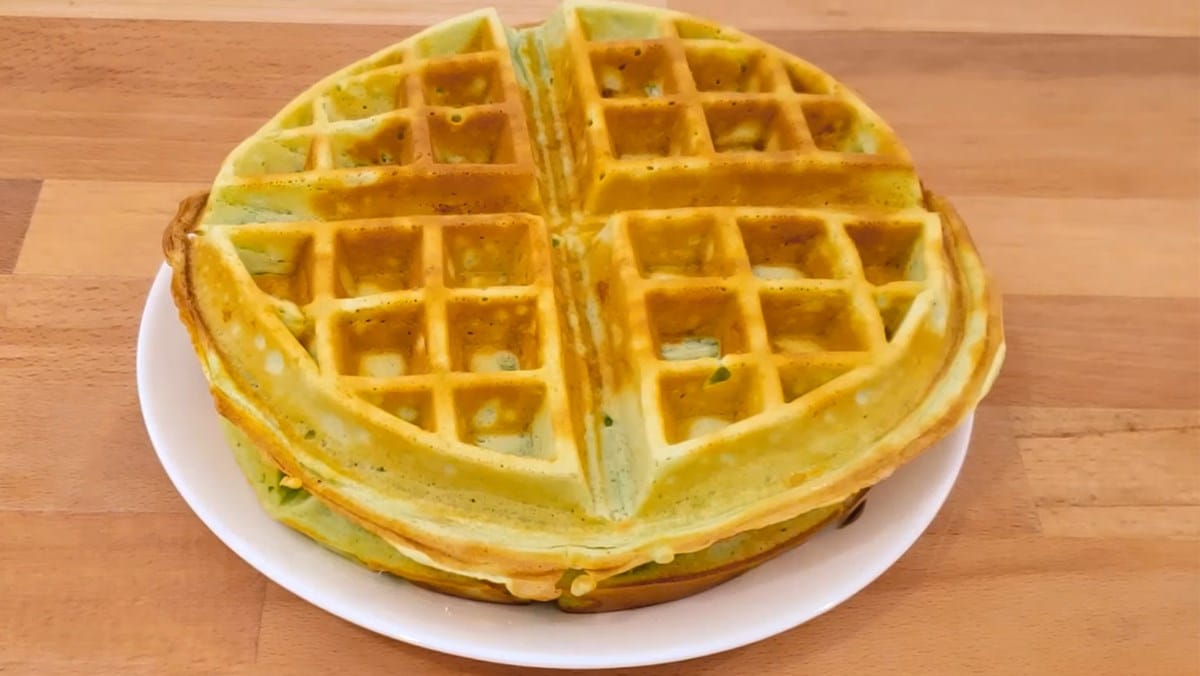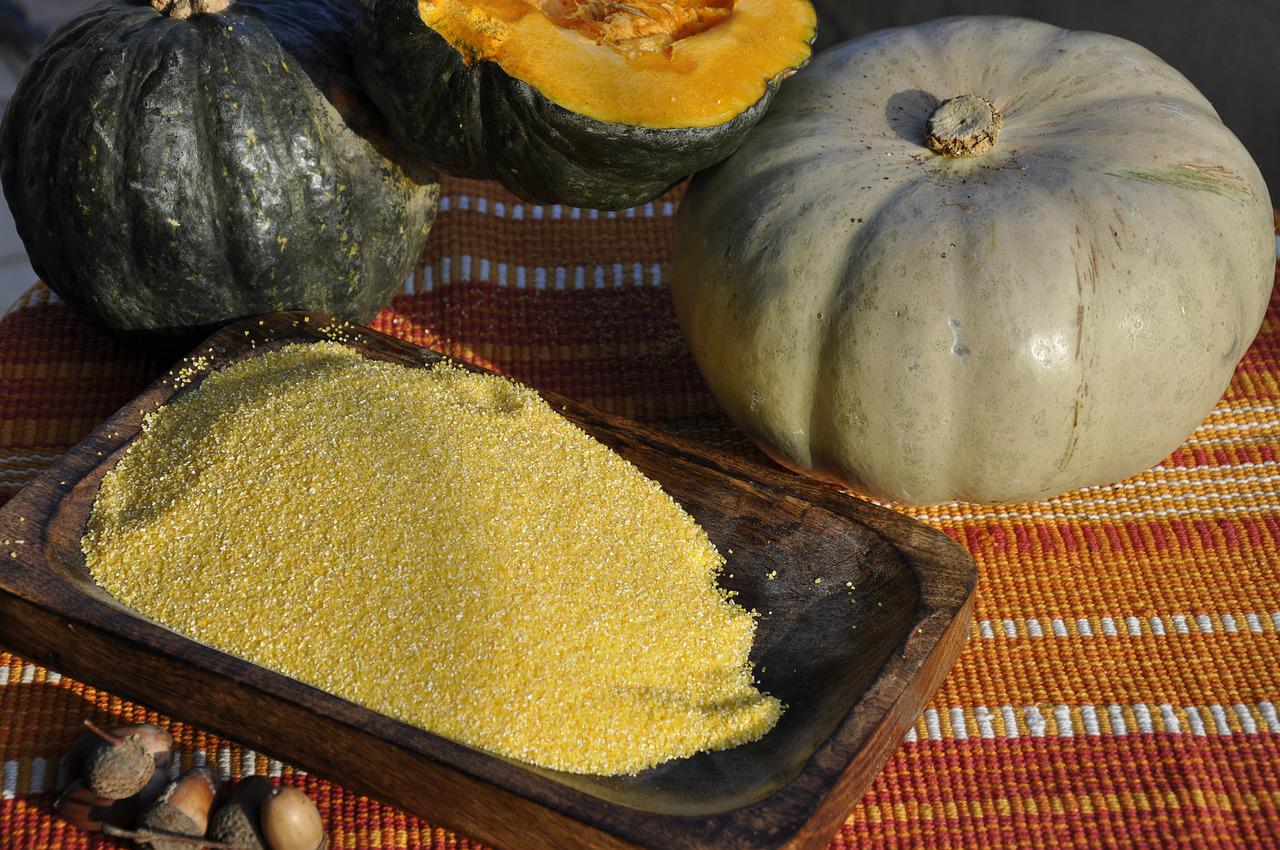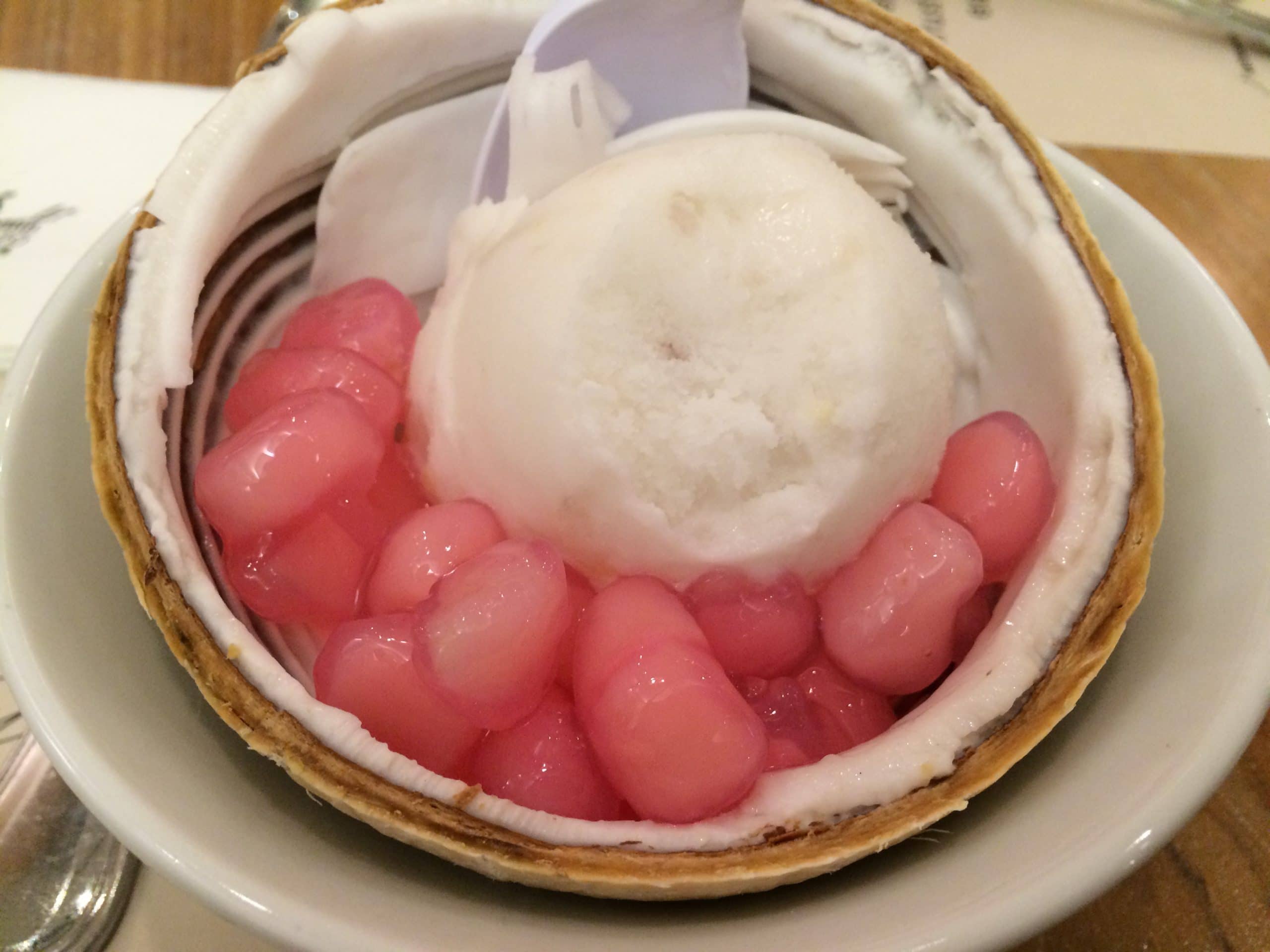Butter transforms a meal into a tasty adventure, giving each mouthful a deliciously savory and rich taste.
The oozing, creamy goodness of butter as a spread or in baked goods adds depth to every dish (think pie crusts or grilled cheese).
However, the biggest challenge is converting how much butter is equivalent to measuring cups or tablespoons.
How many cups are in a ¾ cup of butter?
A ¾ cup of butter is equivalent to 12 tablespoons.
To arrive at this amount, you need to do a little math, multiplying the volume value by 16.
In this case, it’s multiplying 16 into ¾. 16x ¾=12, so there are 12 tablespoons in a ¾ cup.
This article will explain how you can quickly convert butter measurements to cups.
It will also provide a simple homemade butter recipe done in two ways.
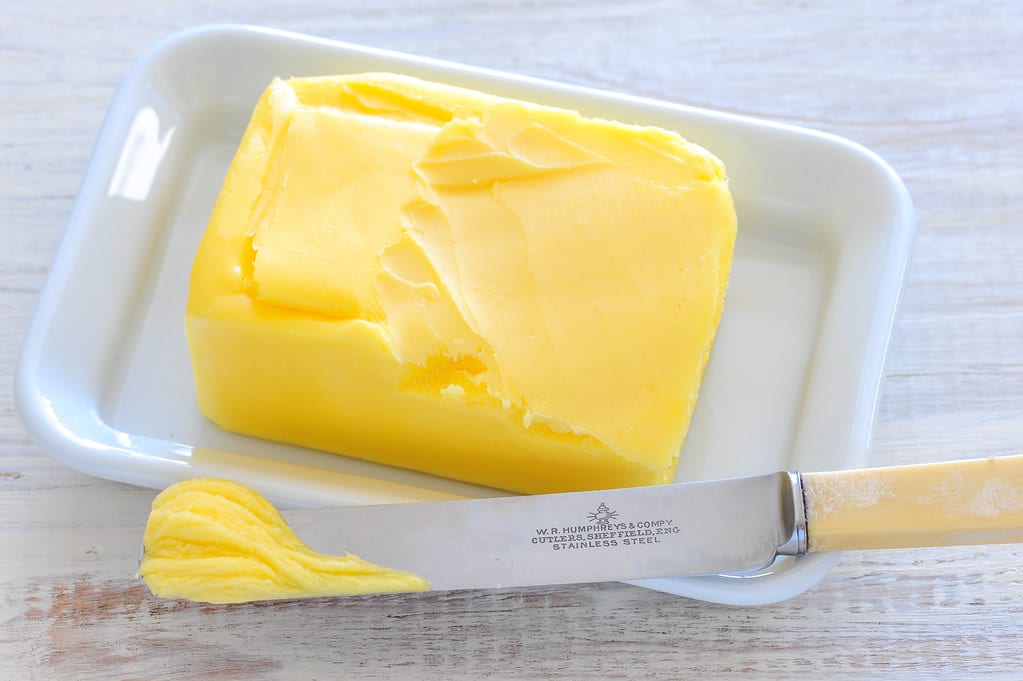
How many sticks of butter are in one cup?
The most challenging part of a recipe that includes butter is when its measurements come in terms of cups or pounds.
Generally, butter is packaged in sticks or blocks, depending on where you live, so the confusion around cups is valid.
In addition to that, butter is in solid form, not liquid.
So, how many sticks of butter are in one cup?
To get the correct measurements, simply multiply the volume value by 2.
For instance, if you’re holding a recipe that calls for one cup of butter, you’ll multiply 1 US cup by 2 US sticks of butter.
This means that you’ll need 2 sticks of butter for one cup.
However, butter sticks and blocks mostly come wrapped in wax paper or aluminum marked with measurements indicating tablespoons and cups.
Can you use melted butter instead of softened?
Melted butter and softened butter are different and cannot be used in place of another.
If your recipe calls for softened butter, you can’t use melted butter as it will change the texture of whatever you’re baking.
Since melted butter has already released most of its water content, it gives the baked treats a soft and dense feel while adding to their flavor.
Similarly, softened butter provides structure to finished baked goods that should be crisp.
For best results, allow the melted butter to cool to room temperature before incorporating it if the recipe indicates you use softened butter.
Can butter be frozen?
Yes, you can freeze butter without the risk of losing flavor or texture.
If you intend to store it for longer, freeze butter when it’s fresh and in freezer-safe packaging like an airtight container, parchment paper, foil, cling wrap, or its original packaging.
Ensure you check the expiration date and label the packaging with the date you froze it.
Keep it away from foods with a more pungent smell to prevent them from absorbing any food smells.
You should also consider cutting it before freezing, making it easier for you when you need smaller slices at a time.
When ready to use the butter, move it to the fridge and let it thaw for at least 24 hours.
However, you should discard the butter if it has developed freezer burn, foul odor, or off colors.
While you can safely freeze butter for more extended periods without deterioration in quality and flavor, studies have shown that the shelf life of frozen butter depends on its size, packaging, and salt content.
For instance, a higher salt content may help the butter to keep fresh for longer and retain the flavor while frozen.
That said, U.S. Dairy recommends freezing unsalted butter for a maximum of five months and up to nine months for salted butter.
How to thaw butter
Frozen butter can be used just like fresh butter when thawed.
Here are some of the tips you need when thawing frozen butter:
- Refrigerate or bring it to room temperature – You can store your frozen butter in the fridge for 24 hours or leave it on the counter for 3-4 hours. After that, it’ll be ready to use just like fresh butter, such as in baked treats or as a spread
- Grate it – Grating your frozen butter is a quick way to thaw as it can bring it to room temperature within minutes. If you’re making pastry dough, you can add grated butter directly
- Melt it on the stove – For a recipe that calls for melted butter, simply place frozen butter in a pan and heat it on the stove. Incorporate it with the other ingredients and get baking
- Soften butter in the microwave – To soften butter in the microwave, place it in a microwave-safe dish and heat it up on 30% power (defrost) for 15 seconds. Keep an eye on it to check on the consistency and repeat if needed.
Can you refreeze butter?
Butter can be refrozen depending on how it was thawed and handled.
However, the taste will be affected.
Like any other food product, butter has cells on its surface that rupture when you freeze it and even worse when you refreeze it.
Similarly, thawed butter has a higher risk of bacteria forming, so you should cut it up into small usable pieces to avoid the risk of contamination when refreezing it.
Melted butter can also be refrozen, but the taste and shape will be altered once you defrost it.
How to tell when butter is at room temperature
The best way to tell if your butter has reached the ideal room temperature state is to press a clean finger onto the surface of the butter.
Room temperature butter should be cool to the touch and make a slight indent when pressed, but not so warm that it looks shiny or greasy.
It should also be able to bend easily and be flexible.
If the butter breaks easily when you bend it, allow it to sit out a little longer until it’s more pliable.
Use a food thermometer to take its temperature for a more scientific approach.
Insert the thermometer into the center of the block of butter, and it’s at room temperature when it reads 65-67 degrees.
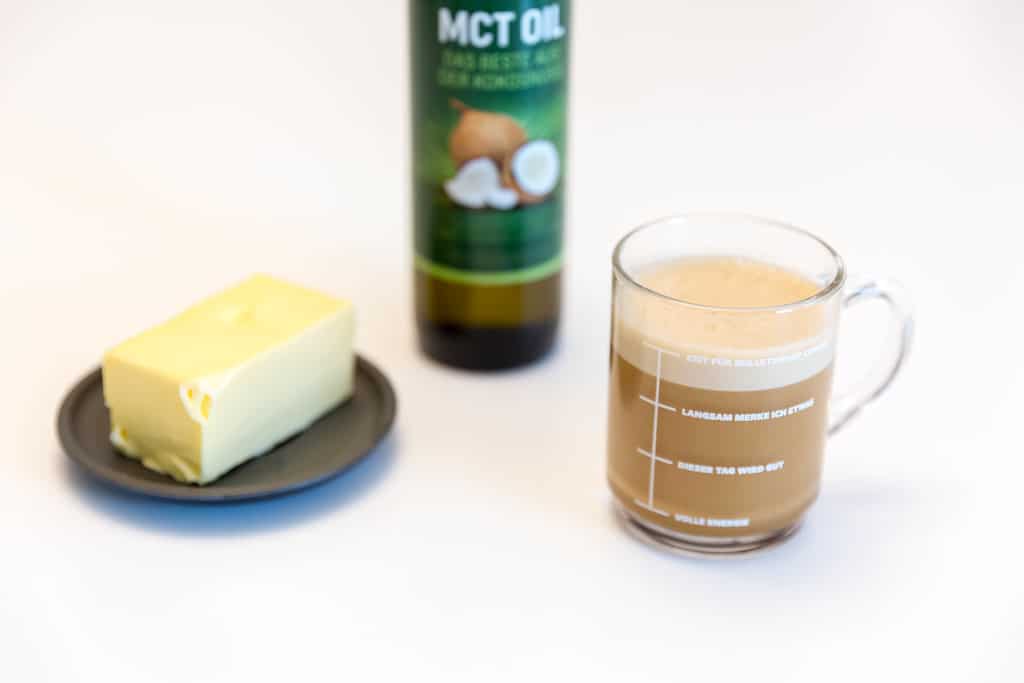
Homemade butter recipe 2 different ways
Learn how to make butter in the comfort of your home with this simple and quick recipe:
Ingredients
- 1 cup heavy cream 38% fat content
- cold water
Directions
Mixer instructions
- Pour cream into the bowl of a stand mixer using the whisk attachment, or use a mixing bowl and hand mixer. Begin beating the cream on a low speed, and gradually increase the pace as the mixture thickens
- After several minutes, whipped cream will form. Continue mixing. The whipped cream will start to yellow. After several minutes more, the fat solids will separate from the liquids, and you’ll see clumps of butter fat quickly form, leaving the sloshing liquid buttermilk in the bottom of the bowl
Mason Jar Instructions
- Pour heavy cream into the mason jar, filling it half full. Do not overfill past the halfway mark. Screw the lid on tightly, so there are no leaks
- Shake mason jar for approximately 5-7 minutes. After a few minutes, whipped cream will form. Keep shaking until you hear that a lump has formed inside, and shake an additional 30-60 seconds after that
- You should see that the fat solids have separated from the liquids. The amount of time it takes will depend on how vigorously you can shake the jar
Rinsing, Flavoring, and Storing
- Strain the fat solids from the buttermilk using a fine mesh strainer or cheesecloth. You can reserve the buttermilk and save it for later use in recipes.
- Pour cold water over the butter. Discard water and repeat rinsing two times more. Shape into a ball or any other shape (you can purchase butter molds for attractive designs).
- At this point, you have butter. You can add in things like salt, honey, and herbs to create flavored butter or serve it in its pure form as is.
FAQs
Q: Does 4 tablespoons equal ¼ cup?
A: The short answer for how many tablespoons are in a cup is 16 tablespoons.
So when you need 4 tablespoons, you can use ¼ cup.
Q: Is a cup of melted the same as solid butter?
A: When you need a specific quantity of melted butter for a recipe, read the ingredient list carefully.
However, solid butter is mixed with air, so the volume of solid butter will be different when it’s melted.
For instance, if the recipe calls for 1/4 cup of melted butter, you must melt the butter first.
Q: How do you soften butter quickly?
A: Pour hot water into a ceramic or anything that can fit over your butter.
After a few minutes, pour the water out of the vessel and quickly cover your butter.
The heat from the cup will soften your butter in just a few minutes.
In summary
Butter is a popular spread and an essential baking ingredient but requires accurate measurements for a perfect outcome.
For whatever amount your recipe calls for, use the conversion formula of multiplying the volume value by 16 if you want to know the cup-to-tablespoons ratio.
That way, you won’t have to panic or use the wrong measurements for your recipe.
Ensure you check the wrapper labeling, as its volume is often marked on the packaging of each stick.
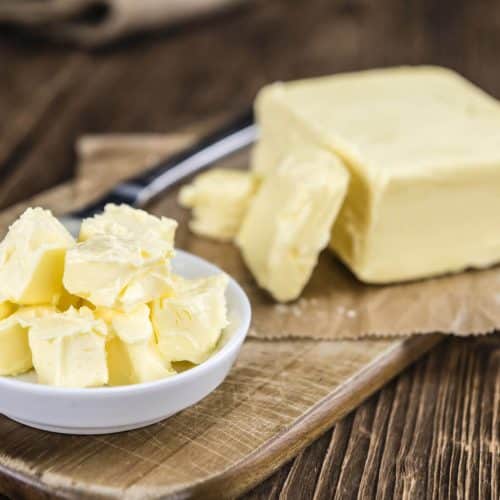
Frosted Peanut Butter Cookies Recipe
Ingredients
- 1/2 cup Salted butter softened
- 1/2 cups Peanut butter unsweetened
- ¾ cup Granulated sugar
- ¾ cup Packed dark brown sugar
- 1 large egg
- 1 teaspoon Pure vanilla extract
- 1 ¼ cups All-purpose flour
- 1/2 teaspoon baking soda
Instructions
- Preheat the oven to 350 degrees Fahrenheit.
- In a large bowl, whisk together butter and peanut butter until smooth. Add granulated and dark brown sugar and mix for about 30 seconds until combined.
- Add pure extract vanilla and the egg and mix until combined.
- Add the flour and stir until they incorporate fully.
- Then, add baking soda and stir again until mixed thoroughly. Depending on how thick you like your cookies, you may need to add a little more or less.
- Spread your dough onto a large piece of parchment paper or waxed paper. This way, the dough won’t stick to your hands while you work with it later.
- Roll the dough into balls about 1-inch in diameter each, or whatever size is right for you. Flatten slightly with the back of a spoon or finger to make them look like cookies.
- Place on a baking sheet lined with parchment or waxed paper, so they don’t stick together while baking them.
- Bake for 12-15 minutes or until cookies are golden brown around the edges. However, they shouldn’t be too dark on top.
- Remove from the oven immediately, so they don’t continue to cook while cooling off.
- Use parchment paper on cookie sheets if you have issues with sticking. I use parchment paper on the bottom of my cookie sheets when making this recipe.
- Allow cookies to cool before frosting them with your favorite frosting.
Video
Nutrition
- 25 Homemade Cucumber Appetizers - July 5, 2025
- 25 Delicious Phyllo Dough Recipes - July 5, 2025
- 25 Easy Greek Side Dishes - July 5, 2025
